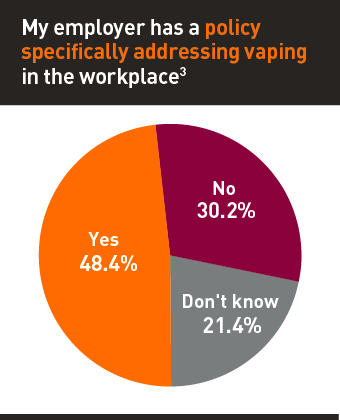Indoor vaping legality depends heavily on jurisdiction. Generally, it aligns with existing smoking bans.
Legal Landscape
Most US states and many countries incorporate e-cigarettes into existing indoor smoking bans. This means vaping is frequently prohibited in:

- Government buildings
- Restaurants and bars
- Public transportation
- Healthcare facilities
- Enclosed workplaces (especially common areas)
Landlord Rights: Property owners generally have the right to prohibit vaping (and smoking) within leased premises, regardless of city/state law. Lease agreements often contain explicit clauses.
Impact on Workplace Rules
Even where not explicitly mandated by state law, employers possess significant authority to regulate vaping on their premises:
- Smoke-Free Policies: Employers can implement comprehensive smoke-free policies that include vaping, often extending to company vehicles and building perimeters.
- Health & Safety: Concerns about indoor air quality, potential respiratory irritants in aerosols, fire risks from malfunctioning devices, and avoiding employee conflict support prohibition.
- Productivity & Professionalism: Employers can restrict activities perceived as disruptive or unprofessional.
- ADA Considerations: Exposure to vapor may trigger accommodations for employees with respiratory conditions.
Key Employer Actions:
- Review state and local regulations thoroughly.
- Establish clear, written policies stating whether vaping is permitted, prohibited, or restricted to designated areas. Define “vaping” explicitly.
- Communicate the policy effectively to all employees (handbook, training, signage).
- Enforce the policy consistently and fairly.
- Consider offering cessation support resources.
Compliance is Essential
Employers must enforce their chosen policy consistently to maintain workplace standards and mitigate potential legal liability (e.g., failure to accommodate, creating a hostile work environment). Employees vaping indoors where prohibited face disciplinary action according to workplace rules.









